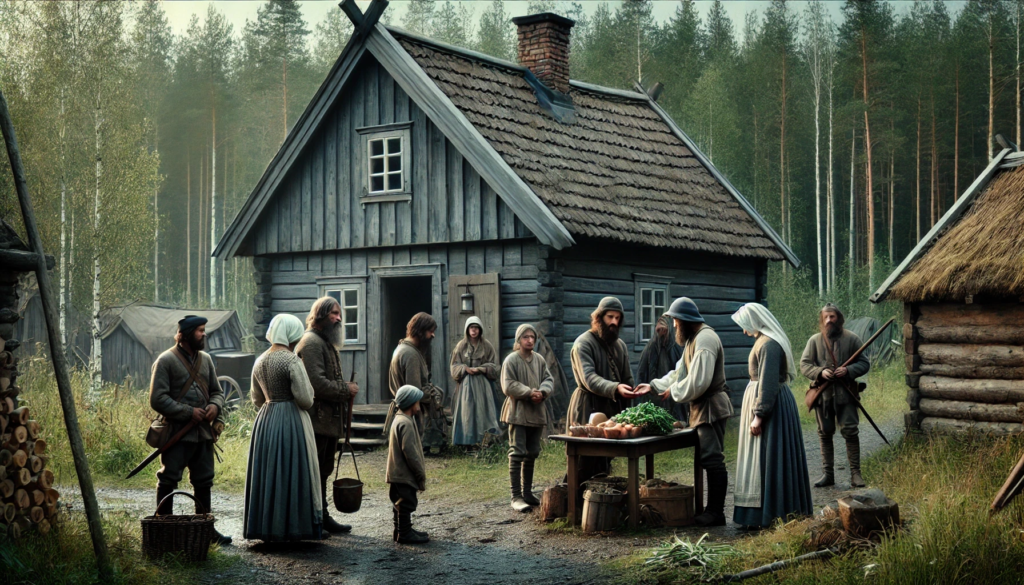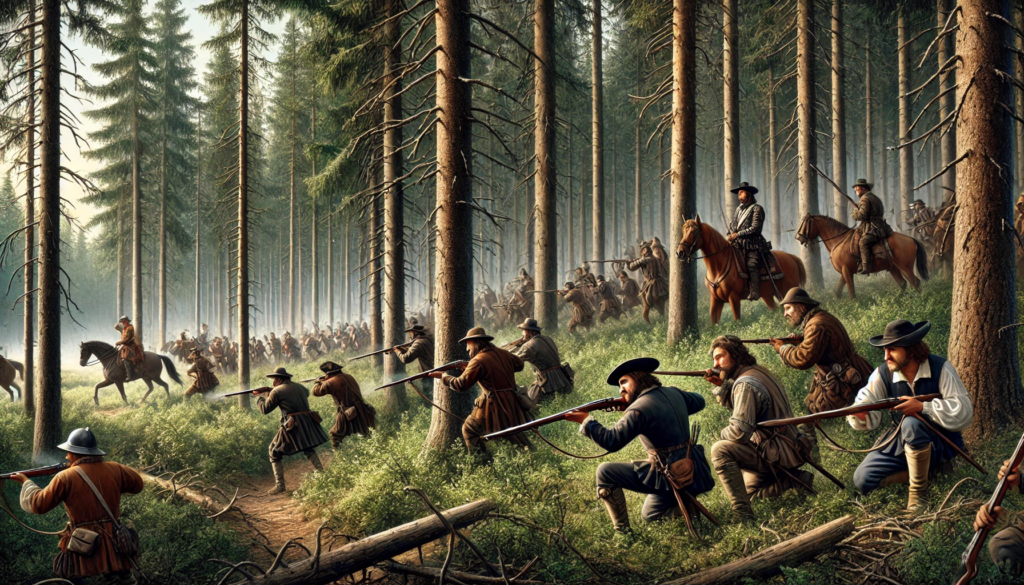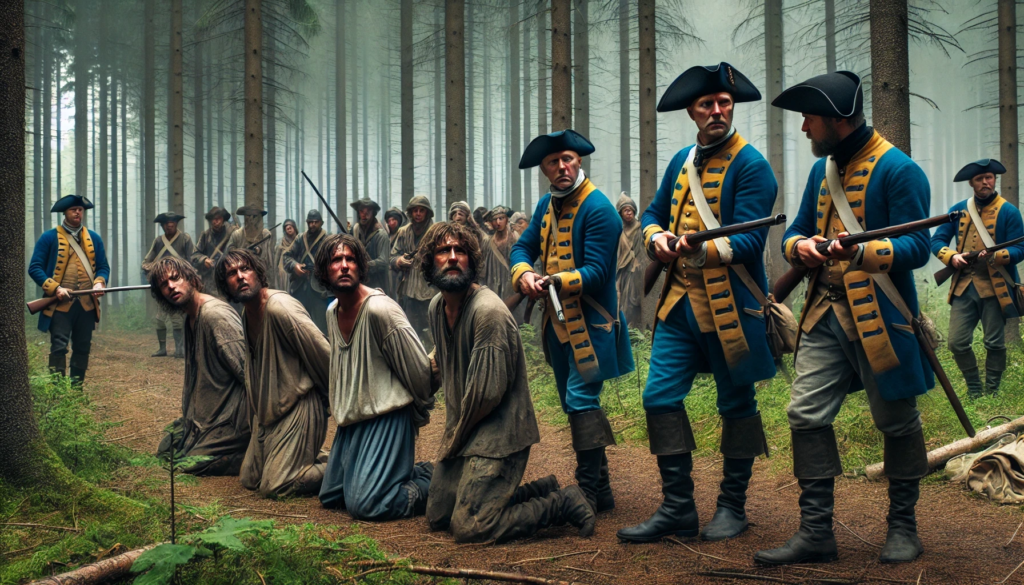As we continue our journey through Scandinavia’s peasant uprisings, we turn to the 17th century and the guerilla fighters known as Snapphanar. I will explain it’s meaning below, but let’s start with some background:
During the 16th- and 17th centuries, Sweden and Denmark were more or less constantly at war with each other. Caught in the middle of this was, of course, the common people living in the border regions.
After the treaty of Roskilde in 1658, Denmark had to cede a third of it’s territory to Sweden, including Skåne, Halland, Blekinge and Bohuslän. People who had been living in Denmark for generations were now suddenly Swedish. However, one misconception about the Snapphanar was that they were Danish nationalists and patriots.
That’s hardly true. The national state did not exist in the way we think of it today, and for most common people, it didn’t really matter which country they lived in, as long as they could live in peace. Their loyalty extended to their own villages and neighbours.

The people did not get to live in peace however. Their new king, Karl X Gustav, raised taxes to pay for another war and forcibly conscripted peasants to fight in it. He restarted the war against Denmark after just a few months, and the border regions were filled with mercenaries that did not treat the locals very well. All this led to resentment towards the new regime.
The word ”Snapphane” was used by the Swedes as a derogatory term, meaning robbers or thieves. It was used as a collective term for three different phenomena: Members of peasant levies that usually arose when the peasants felt threatened or mistreated; members of Danish free-shooting companies with some backing from Denmark, and regular outlaws.
Lumping these different types of fighters together and calling them the derogatory term “snapphanar” showed that they were not seen as soldiers. Soldiers were, after all, protected by certain rules – but if Snapphanar were to be regarded as thieves and criminals, they could be treated extremely brutally.
When Karl X Gustav restarted the war against Denmark in August 1658, spontaneous uprisings broke out. They would soon spread.

Just as during the Dacke war hundred years prior, the peasants fought mainly in the woods, creating traps in the form of abatises where the troops became targets for the peasants’ rifles. Small-scale assaults were most common, but sometimes larger conflicts took place.
One of those was set in the village Hällestad, where an open battle between Swedish trooops and 300 Snapphanar was fought. The whole village burned to the ground, and most of the fighters – and the women and children – died in the flames.
At first, the rebels had the support of the population. But when the Swedish goverment cracked down on the rebellion, things began to change. When food was scarce the Snapphanar had to steal – from the peasants, who were already poor and starving. That, combined with an even tougher presence of soldiers and the penalties the local population had to pay, as well as promised rewards to those who revealed the Snapphanar, made the population turn against the rebels.

Others were forced to help capture Snapphanar, or themselves would be branded as one, and punished accordingly. And the punishments were incredibly cruel.
Snapphanar that were captured were tortured with hot iron, and then impaled on a spear, in through the rear end and out through the nose, and then hung in a tree. But since many died quickly this way, after a while a new strategy was to insert the spear under the skin at the back, so that no internal organs were injured. Then it could take days before the unfortunate person died.
Although this certainly had a deterrent effect on the common peasants, the Snapphanar continued their resistance. In the next post we will get to know a few of them.
Sources:
Adolfsson, Mats. Fogdemakt och bondevrede. Svenska uppror: 1500 – 1718. (2007)
Hazelius, Kim. De kallades Snapphanar. Friskyttar, rövare & bondeuppbåd. (2006)

